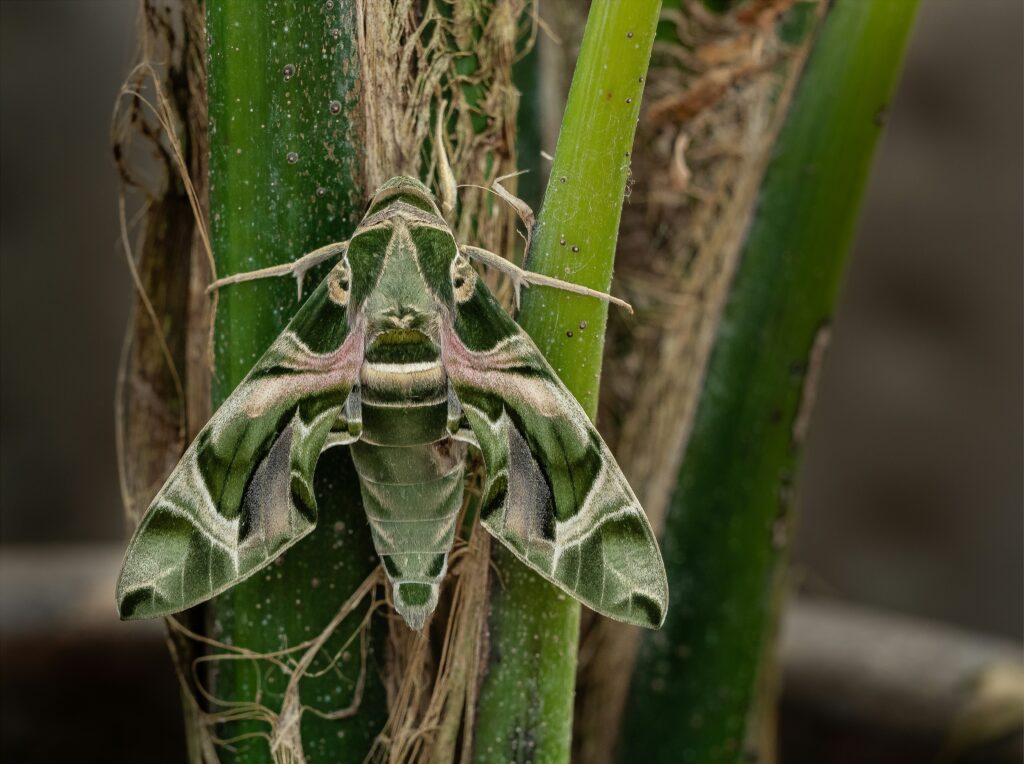When we think of masters of disguise in the animal kingdom, chameleons often come to mind first. However, deep in the forests of Southeast Asia and Australia lives an insect with camouflage abilities so remarkable that it challenges our perception of mimicry in nature. The leaf insect (Phylliidae family) has evolved one of the most sophisticated forms of disguise on the planet, allowing it to transform its appearance to match its surroundings with uncanny precision. Unlike the color-changing chameleon, these insects have developed structural camouflage so perfect that even experienced entomologists can walk right past them without noticing. Let’s explore the fascinating world of these masters of deception and uncover the secrets behind their extraordinary survival strategy.
The Evolutionary Marvel of Leaf Insects
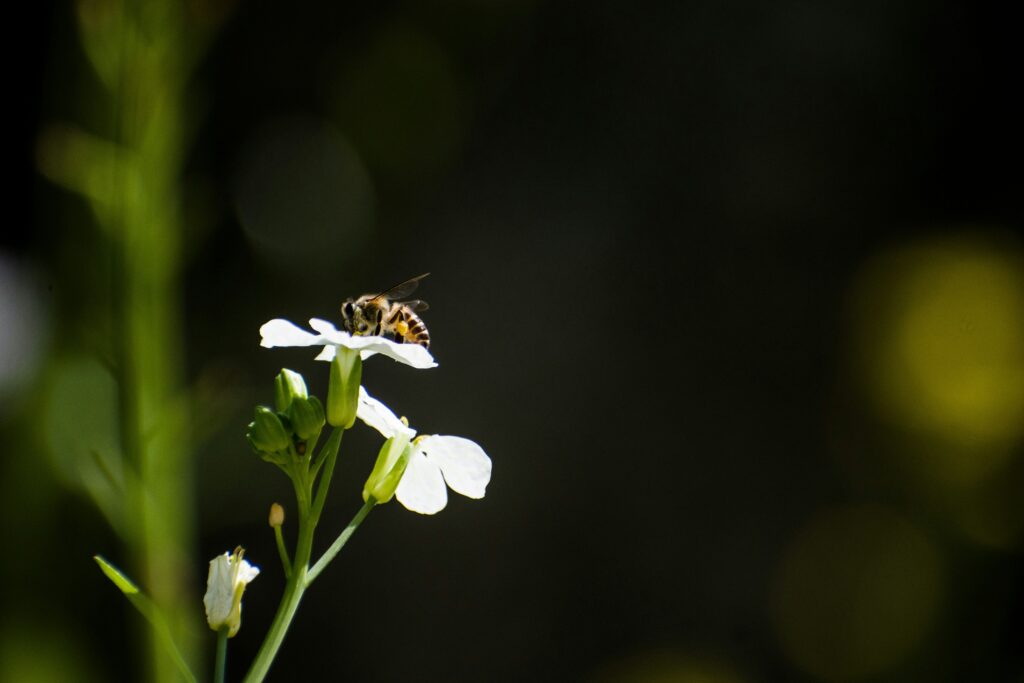
Leaf insects represent one of evolution’s most stunning examples of masquerade camouflage, a process that has taken millions of years to perfect. These remarkable creatures belong to the Phylliidae family, which has evolved specifically to mimic the appearance of leaves in their native habitats with astounding accuracy. Their evolutionary journey has resulted in a body shape, texture, and coloration that so perfectly resembles foliage that they are virtually invisible when stationary among plants. This sophisticated form of mimicry didn’t develop overnight—it’s the result of natural selection favoring individuals that could better avoid predation through increasingly accurate leaf resemblance. The precise mimicry developed by leaf insects demonstrates how powerful predatory pressure can drive the evolution of defensive adaptations to extraordinary lengths.
The Anatomy of Perfect Disguise
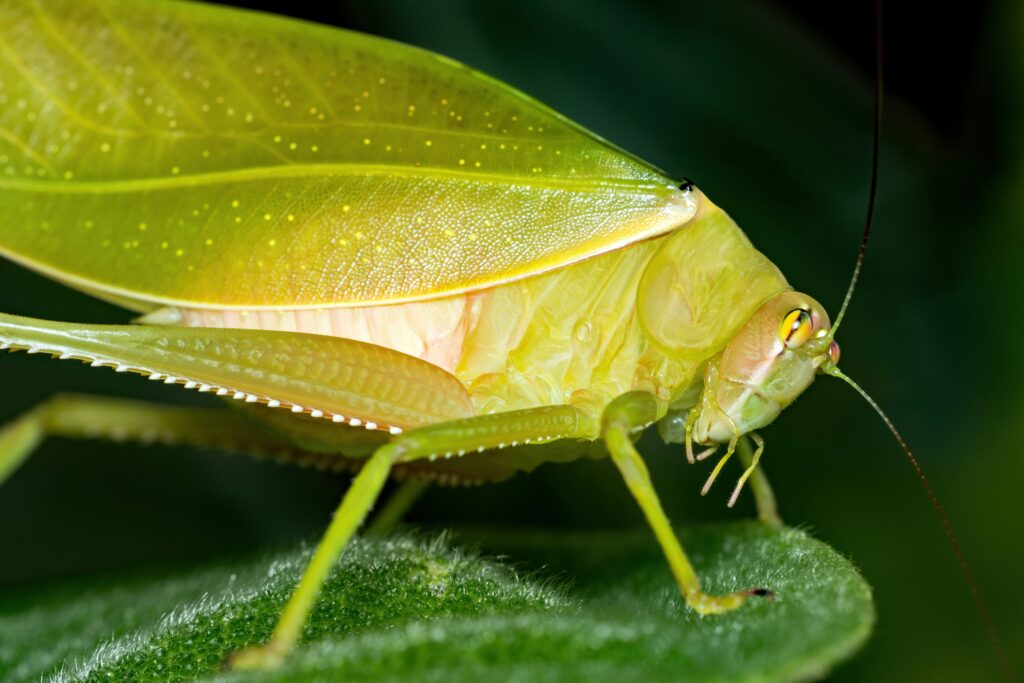
The leaf insect’s body structure has been meticulously shaped by evolution to achieve its remarkable camouflage. Their flattened, leaf-shaped bodies feature irregularly shaped edges that mimic the appearance of leaf damage or decay—a detail that makes their disguise even more convincing. The veins on their bodies precisely replicate leaf venation patterns, complete with a prominent midrib running down the center and smaller veins branching outward. Their legs have evolved flattened, leaf-like extensions that blend seamlessly with their bodies when they’re at rest. Perhaps most impressive is their exoskeleton, which often features small growths resembling fungal spots or leaf blemishes—imperfections that ironically perfect their disguise by adding authenticity to their leaf mimicry.
Masters of Color Adaptation

While leaf insects don’t change color rapidly like chameleons, they possess a more gradual but equally impressive color adaptation mechanism. These remarkable creatures can adjust their coloration over days or weeks to match the specific vegetation in their surroundings, typically displaying various shades of green, brown, yellow, or pink. This color-matching ability is particularly evident when leaf insects molt, as their new exoskeleton often emerges in a shade that better matches their current environment. The coloration process is influenced by both genetic factors and environmental conditions, including light exposure, humidity, and the specific plant species they’re inhabiting. Some species can even develop reddish or brown spots that perfectly mimic leaf blight or fungal infections, adding another layer of authenticity to their already convincing disguise.
Species Diversity and Specialization
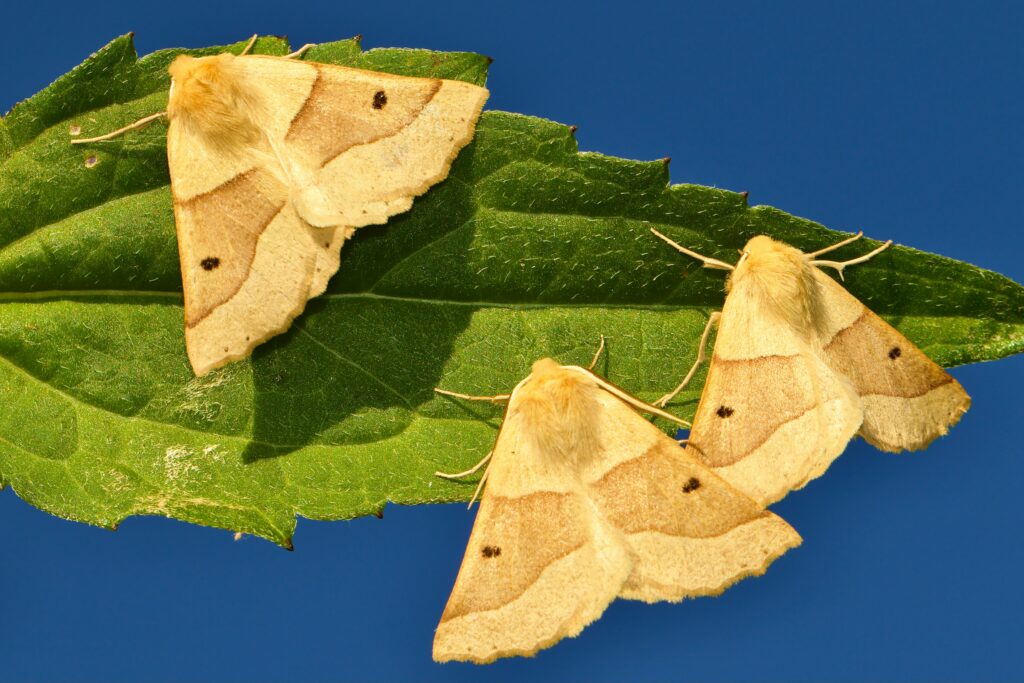
The Phylliidae family comprises approximately 50 known species, each with its own specialized adaptations to mimic specific types of foliage in their native habitats. The Giant Malaysian Leaf Insect (Phyllium giganteum) can reach sizes up to 4 inches, making it one of the larger species and a perfect mimic of the broader leaves found in Malaysian rainforests. The Southern Leaf Insect (Phyllium bioculatum) has evolved to resemble the specific leaf patterns of plants in the Philippines and Indonesia, with distinctive eye-like markings that further enhance its disguise. The Australian Leaf Insect (Phyllium monteithi) has adapted to the unique flora of Queensland’s rainforests, with coloration that perfectly matches the local vegetation. Each species represents a specialized evolutionary branch, demonstrating how natural selection has fine-tuned these insects to survive in their specific ecological niches.
Behavioral Camouflage Techniques
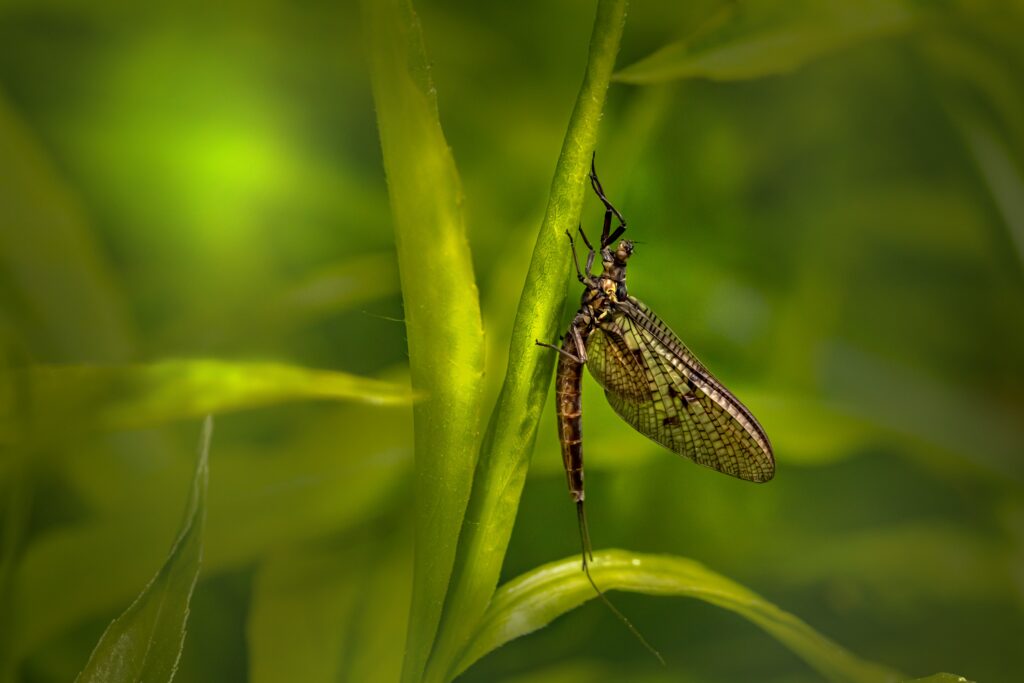
Leaf insects don’t rely solely on their appearance for camouflage—they’ve also developed specialized behaviors that enhance their disguise. When threatened, these insects freeze in positions that maximize their leaf-like appearance, often extending their limbs to eliminate tell-tale shadows that might give away their presence. Their movement pattern is equally deceptive, employing a distinctive swaying motion that mimics a leaf gently rocking in the breeze rather than the typical locomotion of an insect. Many species are primarily nocturnal, feeding at night and remaining perfectly still during daylight hours when visual predators are most active. Some leaf insects will even position themselves in leaf clusters where their specific coloration and pattern are most effective, demonstrating a remarkable awareness of their own camouflage capabilities.
Sexual Dimorphism and Reproduction
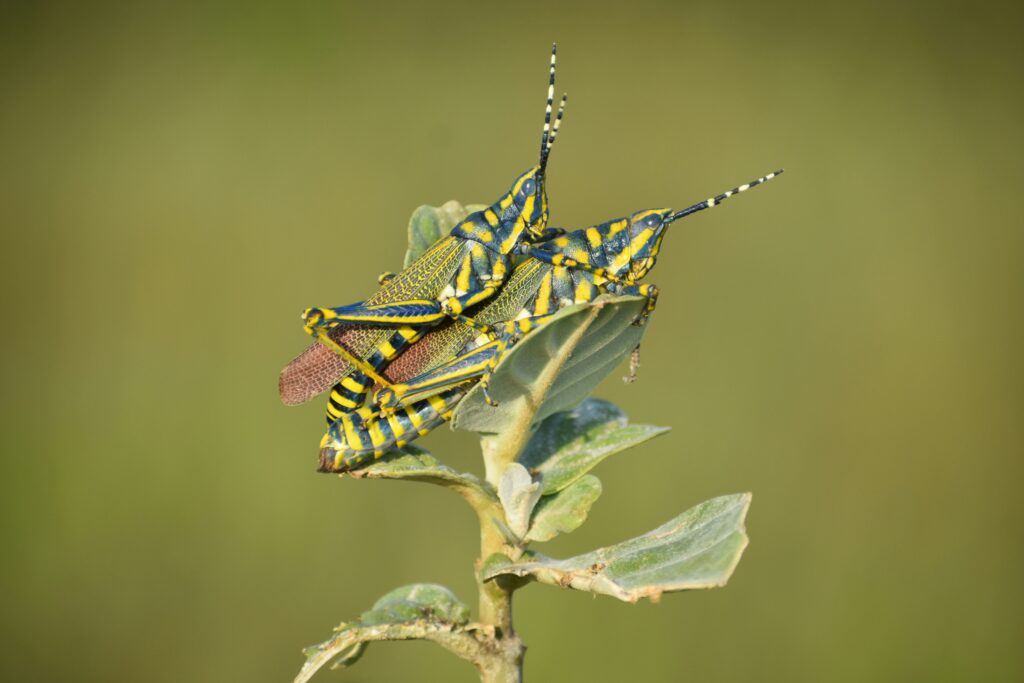
Leaf insects exhibit one of the most dramatic examples of sexual dimorphism in the insect world, with males and females looking remarkably different. Females typically display the classic leaf-like appearance in its most developed form, with larger, broader bodies that closely resemble leaves. Males, conversely, are often smaller, more elongated, and sometimes less leaf-like, occasionally resembling stick insects more than leaves. This sexual difference extends to their wings as well—males possess functional wings and can fly, while females of many species have only vestigial wings or none at all, limiting their mobility but enhancing their leaf mimicry. The reproduction process itself is fascinating, with females of certain species capable of parthenogenesis—producing viable eggs without mating—allowing populations to persist even when males are scarce.
The Remarkable Life Cycle
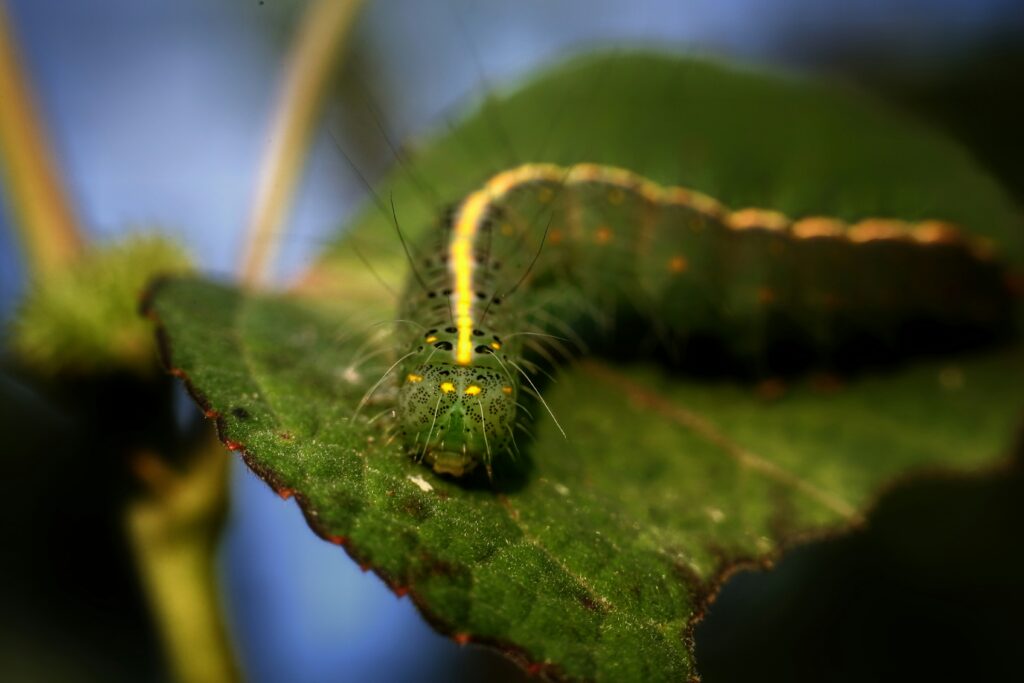
The life cycle of leaf insects begins with eggs that themselves are masterpieces of camouflage, often resembling seeds or plant capsules rather than insect eggs. These cleverly disguised eggs are typically scattered individually by the female, falling to the forest floor where they can remain dormant for several months before hatching. When the nymphs emerge, they already resemble tiny leaves, though their disguise perfects with each subsequent molt. Young leaf insects undergo a series of 5-6 molts before reaching adulthood, with each stage (instar) showing progressively more refined leaf mimicry. The entire development from egg to adult can take 4-6 months, with adults then living another 4-8 months—a relatively long lifespan for insects of this size. Throughout each life stage, these insects maintain their remarkable camouflage, adapting and refining it as they grow.
Defensive Mechanisms Beyond Camouflage
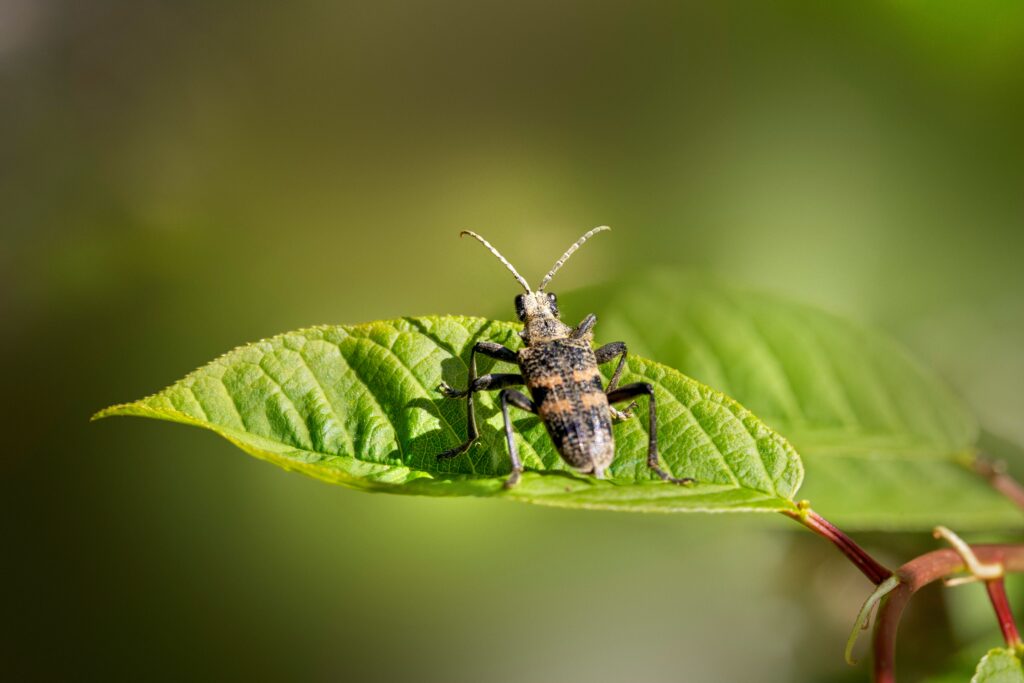
While camouflage is their primary defense, leaf insects have developed supplementary survival strategies for situations when their disguise fails. When discovered by predators, many species employ a startle display, suddenly revealing previously hidden bright colors on their wings or undersides to momentarily confuse attackers. Some leaf insects can emit a foul-smelling defensive spray containing chemicals that deter potential predators, providing a chemical defense when physical disguise isn’t enough. Certain species have evolved a remarkable playing-dead behavior, dropping from vegetation and remaining completely motionless when disturbed, effectively disappearing among the leaf litter below. These multi-layered defense mechanisms demonstrate how natural selection has equipped these insects with backup strategies for survival even when their primary camouflage is compromised.
Ecological Role and Habitat

Leaf insects fulfill an important ecological niche as specialized herbivores in tropical and subtropical forest ecosystems. Their feeding habits help regulate plant growth in their habitats, contributing to the natural pruning and recycling of vegetation. They primarily inhabit the middle canopy layers of rainforests and woodlands, where they find the perfect balance of protective cover and available food sources. Their presence serves as an indicator of ecosystem health, as they require diverse, undisturbed plant communities to support their specialized camouflage and feeding requirements. The relationship between leaf insects and their habitat is mutually beneficial—the diverse foliage provides them with both food and the visual backdrop essential for their camouflage, while the insects contribute to nutrient cycling and plant diversity maintenance.
Scientific Research and Discovery

The exceptional camouflage abilities of leaf insects have made them subjects of significant scientific interest across multiple disciplines. Evolutionary biologists study them as prime examples of convergent evolution, where similar traits have evolved independently in different lineages in response to similar environmental pressures. Biomimicry researchers examine their camouflage mechanisms for potential applications in military technology, adaptive materials, and visual deception systems. The cryptic nature of these insects means new species continue to be discovered, with several previously unknown leaf insects identified just in the past decade. Recent genetic studies have revealed surprising diversity within the Phylliidae family, suggesting there may be many more undiscovered species hiding in plain sight in remote forest habitats.
Threats and Conservation Status

Despite their remarkable adaptive capabilities, leaf insects face significant threats in the modern world. Habitat loss due to deforestation and agricultural expansion represents the most serious challenge, as these specialized creatures require intact forest ecosystems with specific plant communities. The illegal wildlife trade has also impacted wild populations, with collectors seeking these insects for display and the exotic pet trade. Climate change poses an additional threat, as rising temperatures and altered rainfall patterns disrupt the delicate balance of the ecosystems where leaf insects thrive. Several species are now considered vulnerable or endangered, though accurate population assessments are difficult due to their cryptic nature and the limited research conducted on many species in remote habitats.
Care in Captivity

The fascinating appearance and behavior of leaf insects have made them increasingly popular among exotic pet enthusiasts and educational institutions. Successfully keeping leaf insects in captivity requires creating a microenvironment that closely mimics their natural habitat, with appropriate humidity levels typically between 60-80% and temperatures maintained around 75-85°F (24-29°C). Their enclosures must be furnished with live plants that serve both as food sources and as perching substrates, with blackberry, oak, guava, and rose leaves being preferred by many species. Regular misting is essential to provide drinking water and maintain humidity, as these insects typically don’t drink from standing water sources. Ethical acquisition is crucial, with enthusiasts encouraged to obtain specimens only from reputable breeders rather than supporting collection from wild populations.
The Future of Leaf Insect Research
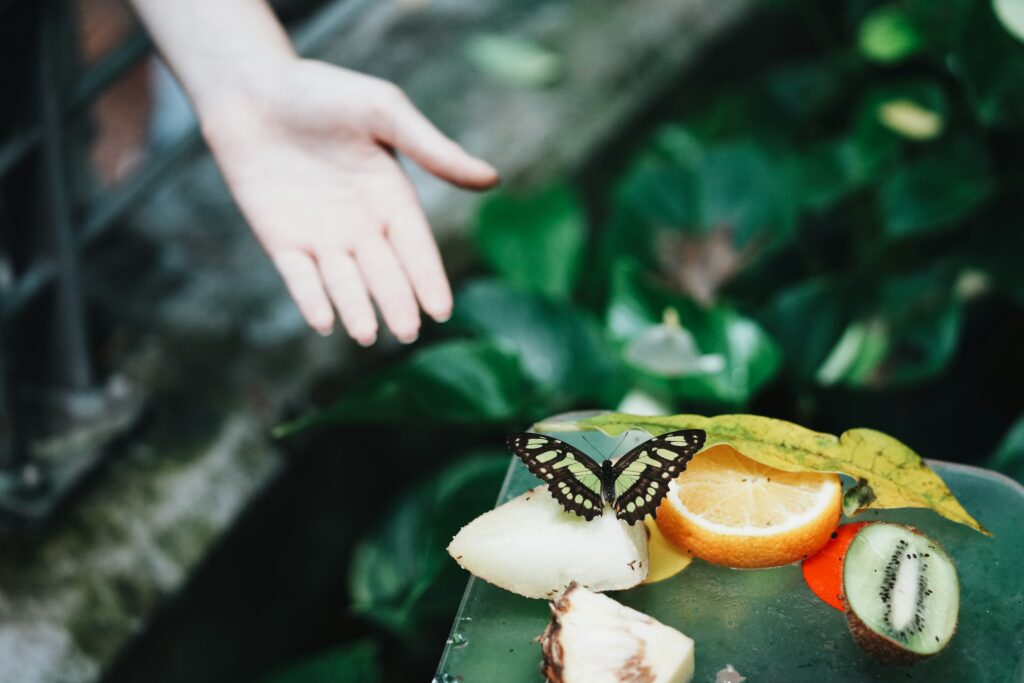
The future of leaf insect research promises exciting discoveries that could influence multiple scientific fields and conservation efforts. Emerging technologies like high-definition wildlife imaging and environmental DNA sampling may reveal previously undetected populations and species, expanding our understanding of their distribution and diversity. Genetic research continues to unlock the mechanisms behind their remarkable camouflage, potentially leading to innovations in fields ranging from materials science to military applications. Conservation biologists are developing targeted protection strategies for these specialized creatures, recognizing their value as both indicators of ecosystem health and extraordinary examples of evolutionary adaptation. As climate change reshapes forest ecosystems, studying how these camouflage specialists adapt—or fail to adapt—may provide valuable insights into the broader impacts of environmental change on specialized species worldwide.
Conclusion
The leaf insect represents one of nature’s most extraordinary achievements in the art of disguise. Through millions of years of evolution, these remarkable creatures have developed camouflage so perfect that they challenge our very perception of where plant ends and animal begins. Their sophisticated mimicry—encompassing shape, color, texture, and behavior—demonstrates the incredible power of natural selection to craft solutions to the fundamental challenge of survival. As we continue to unravel the secrets of these masters of disguise, we gain not only scientific knowledge but also a deeper appreciation for the endless creativity of evolutionary processes. In a world increasingly dominated by human activity, the preservation of these living works of art and the habitats they depend on remains both a scientific imperative and a testament to our commitment to protecting nature’s most remarkable achievements.

